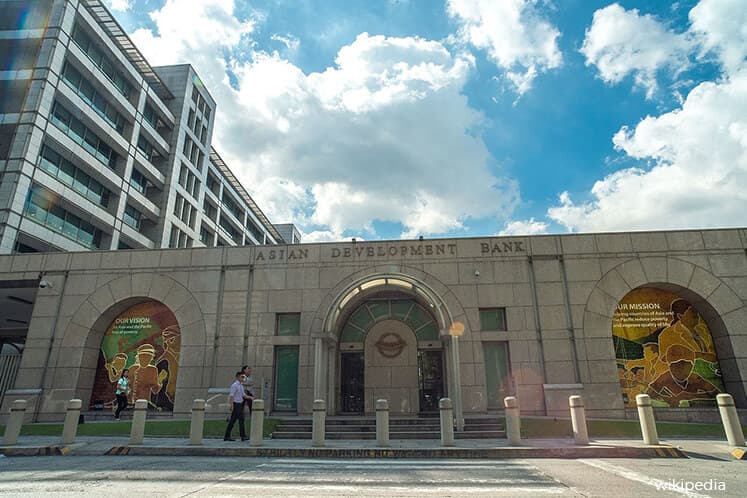
KUALA LUMPUR (April 26): The Asian Development Bank’s (ADB) annual operations exceeded the US$30 billion mark for the first time in its 50-year history last year as regional demand for development finance and knowledge — particularly on infrastructure — continues to grow, according to the bank’s 2016 Annual Report (AR) released yesterday.
In a statement on its website April 25, ADB said its total lending in 2016, including cofinancing, reached US$31.70 billion — an 18% increase from 2015.
It said the total include US$17.47 billion in approvals for loans and grants, US$169 million for technical assistance, and US$14.06 billion for cofinancing, which increased by a record 31% over 2015.
The bank said that disbursements, a key indicator for successful project implementation, also reached a new high of US$12.26 billion in 2016.
“Private sector operations reached US$2.5 billion for only the second time in ADB’s history — a result reflecting ADB’s long-term strategy to significantly boost support for private enterprise to create more high quality jobs and increase living standards across Asia and the Pacific.
“Apart from its own funds, ADB’s private sector operations also generated a record US$5.84 billion in cofinancing — a US$1.2 billion increase from 2015 — which included US$238 million in official cofinancing to support nonsovereign operations,” it said.
These figures update the provisional operations numbers released by ADB in January.
ADB president Takehiko Nakao said the increase in ADB’s development financing to Asia and the Pacific reflected its strong commitment to improving the lives of the people in the region.
“As ADB celebrates 50 years of providing development assistance, we will strive even harder to meet the changing needs of our developing member countries,” he said.
The 2016 AR reviewed the significant economic transformation in Asia and the Pacific over the past 50 years, and the role played by ADB to support the region’s development to improve people’s lives.
The report noted that while the region’s economic growth and success in reducing poverty have exceeded the most optimistic forecasts, there remain significant challenges to be addressed.
“We cannot be complacent,” said President Nakao.
“The fact remains there are still 330 million people living in absolute poverty across Asia and the Pacific. A lack of infrastructure continues to limit economic growth, inhibit poverty reduction, and restrict improvements to quality of life,” he said.
ADB estimated that the region requires US$1.7 trillion a year to meet its infrastructure financing needs.
It said there are other pressing challenges such as climate change, health, education, and gender equality.
To help address these development needs, ADB has scaled up its operations and expanded its financing capacity through the merger of its Asian Development Fund (ADF) lending operations with the Ordinary Capital Resources (OCR) balance sheet, which became effective on Jan 1 this year.
OCR equity almost tripled, from US$17.3 billion to US$48.1 billion, as US$30.8 billion of ADF loans and other assets were transferred from the ADF.
The merger is expected to increase ADB’s annual loan and grant approvals by over 50% to more than US$20 billion by 2020.
ADB will also increase grant support to its poorest countries by 70% over the next 4 years, following the successful US$3.3 billion replenishment of the ADF in May 2016.
It said contributions from 32 donors, including an increase in pledges from emerging Asian economies, will allow ADB to double the minimum allocation for small countries, provide strengthened support for disaster risk management, and offer greater assistance for regional health security.